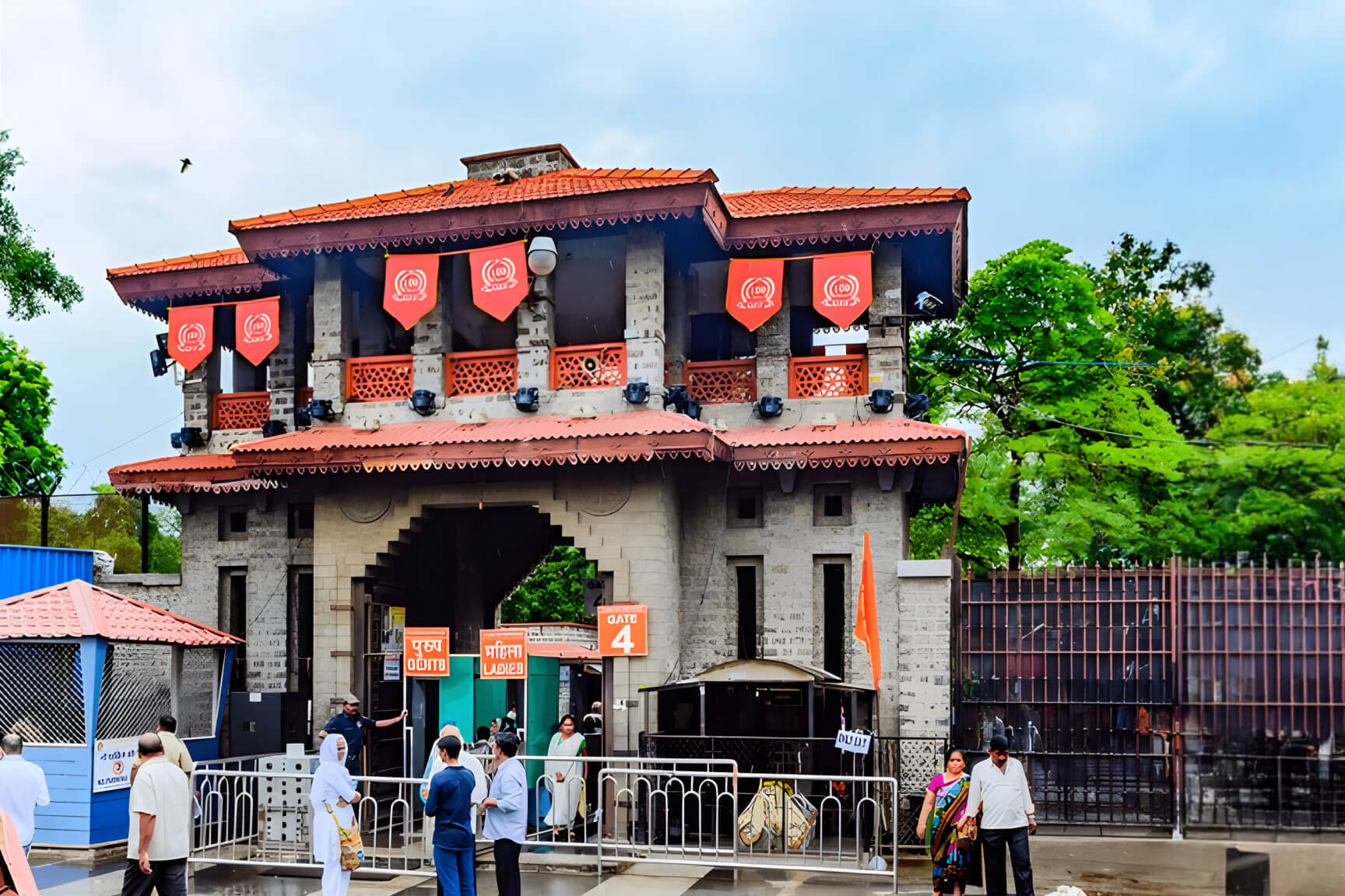
Other Sacred Places
Pilgrims arriving at Shirdi head first for the Samadhi Mandir to worship at the grave of Sai Baba. Then they visit all the places that were touched by his presence, from the mosque Dwarkamai to Lendi Bagh, the garden that he planted and tended with his own hands. The memorials to this gentle saint are all as simple as he was but their ambiance resonates with his message and his Spartan, humane life.
All the sacred places in Shirdi, including Dwarkamai, Chavadi, Gurusthan and Lendi Bagh are within a walking distance from the main temple, Samadhi Mandir.
Dwarkamai
Once a devotee told Sai Baba that he was going on a pilgrimage to Dwarka in Gujarat, the city that is said to have been built by Lord Krishna. Baba said he did not have to go that far because the mosque where he lived was Dwarka. That is how Baba began to call his simple home Dwarkamai. For him it was a pilgrim place like Dwarka and also like a mother offering a sanctuary to people.
This ancient mosque is where Sai Baba lived for sixty years and all the significant episodes of his life were played out here. When he moved in, it was a bare brick structure with a collapsing roof and a part of one wall was missing. Parts of the mosque, the dilapidated brick walls can be seen in the old black white photographs now preserved in the Dixit Wada museum.
There are many descriptions of how he spent his days in Dwarkamai. Here he kept a fire burning night and day and sat next to it to meditate at sunrise and sunset. He called the fire his ‘dhuni’ and its ash he called ‘udhi’ and he would give this ash to his followers often for their ailments as they believed it had healing powers. Baba loved lamps and begged for oil for his earthen lamps. At night he lit oil lamps everywhere, filling the mosque with their golden light.
It’s a simple building with rough stone walls and it has no great architectural merit and Sai Baba never allowed it to be renovated beyond essential repairs. Sometimes even these repairs had to be done in secret because it made him angry. Unlike most modern Indian gurus he was not going to build a luxurious ashram to impress gullible followers. His home had to reflect his vow of poverty and his empathy for the poor and down trodden.
Everyone, of every religion, caste and gender, rich and poor were all welcome at Dwarkamai. Here Baba would grind wheat and cook for the poor, share his chillim with his devotees and listen to the hopes and dreams of people. Even today the place has a unique atmosphere of sanctity that draws people. Everyone feels at home here. People sit and pray before his portrait as if talking directly to Baba while others offer food to the portrait and then distribute it as Prasad to everyone.
Here the dhuni burns all the time. In 1998 the dhuni pit was redesigned, lined with fire bricks and a chimney was added to reduce the smoke. The spot where Baba usually sat beside the fire is marked by a small pair of silver footprints called padukas. When in a good mood Baba used to sing a song about the udhi and now a small tray of the sacred ash is kept nearby for devotees. Packets of udhi are also available free outside the Samadhi Mandir.
Many of Baba’s possessions are preserved in the Dwarkamai building including the grinding stone, the kolamba earthenware dish in which he left food for people and the water pots. On the western wall of the mosque is a niche that points to the holy city of Mecca. Baba often decorated the niche with flowers and he also ate and slept before it. Here a portrait of Sai Baba has been placed on a platform and it shows him sitting before the dhuni. This was painted by S.R. Jaikar during the lifetime of Baba and he had seen it.
On the eastern wall is a portrait of Sai Baba that is familiar to the world. This is based on the black and white photograph that was also used as a reference for the carving of his marble statue that is in the Samadhi Mandir. It shows Sai Baba sitting on a large stone, his right leg resting on his left knee and his left hand resting on the foot. If one looks closely one realises that he is wearing a torn kafni robe and has a strip of cloth tied around his head in the style of Sufi faqirs. He is sitting on a stone that was often used by the villagers to wash their clothes and is now placed below the portrait.
Chavadi
In Marathi ‘chavadi’ means a village office where taxes are collected, land records are kept and visiting officials stay. The chavadi in Shirdi stands near Dwarkamai and is a simple rectangular building with a porch. It is now sacred because it gained a very unusual visitor when in the last decade of his life Sai Baba began sleeping here every alternate night.
In 1909 on a stormy night it began to rain so heavily that water began to drip from the roof and walls of Dwarkamai. The devotees tried to persuade Baba to move out but as always he refused to go until in desperation they half carried him to the Chavadi. From that day onwards he began to spend every alternate night here. After his mahasamadhi the village office was shifted elsewhere and the Chavadi was transformed into a shrine in his memory.
The move at night from Dwarkamai to the Chavadi gradually became an elaborate procession and is the beginning of the formal worship of Sai Baba. First there was a sej or night aarti, then a kakad or morning aarti. Later a mid day and evening aarti were also added at Dwarkamai. Baba who believed in the holy poverty of faqiri was as always not happy with this kind of personal worship but gave in to the request of his devotees.
This procession that began during Baba’s life time continues today. Now it begins from the Samadhi Mandir with the blowing of conches, drums, singing and dancing and men in traditional Maharashtrian dress of red tunics and turbans carry a portrait of Baba and the Baba’s padukas as the gathering of people throw flowers. The procession then stops at Dwarkamai and then finally reaches the Chavadi. Today the Chavadi has a portrait of Sai Baba painted by Ambaram of Gujarat. Next to the portrait is a wooden bed on which Baba was given his final bath. This bed is taken out every Thursday during the palanquin procession.
Gurusthan
When Sai Baba first arrived at Shirdi he took shelter under a margosa or neem tree in the outskirts of the village. This place is now called Gurusthan, meaning the place of the guru. Baba gave a lot of importance to the role of a guru in helping a devotee to gain enlightenment. He said, “In human life, the guru’s place is prominent. By keeping faith in the guru everything is gained. A devotee’s entire strength is due to his guru and devotion to a guru is superior to devotion to gods and goddesses. The guru is the Supreme Being.”
There is a large flourishing neem tree here that even during the lifetime of Baba was revered by people. However his attitude to the tree was as always, one of complete practicality. Once a building called Sathe Wada was being constructed nearby and a branch of the tree was in the way but the labourers were nervous about cutting it, thinking it would displease Baba. When he heard about it Baba immediately gave his permission but the labourers were still reluctant about touching the tree. Then Baba himself climbed the tree and chopped off the branch.
Today beside the neem tree, Gurusthan has a pair of marble padukas on a pedestal that were installed there during Baba’s lifetime. There is a large marble platform with a small shrine with a shivalingam. A small dhuni fire burns nearby and there is an image of Sai Baba.
Lendi Bagh
Sai Baba turned a wasteland behind Dwarkamai into a garden with his own hands. He planted flowers and trees and tended to them and he would visit this area every day accompanied by his disciple Abdul Baba. On his way to the garden Baba would walk out of Dwarkamai and along the way he would always stand for a moment before a small Vitthala temple. Today a small shrine with a pair of marble padukas marks the spot where he used to stand.
Today Lendi Bagh has been landscaped with lawns, paved walking paths, flower beds and fountains. Baba had planted a neem and a Bodhi tree here and between the two trees the Nanda Deep burns. This is a perpetually burning lamp that was originally lit by Baba and he asked Abdul Baba to tend it. Sai Baba would often sit nearby in deep meditation and perform special rituals by sprinkling water in the four directions around the lamp.
Khandoba Temple
Khandoba is a popular pastoral deity of Maharashtra and is now worshipped as a form of Lord Shiva. The Khandoba Temple that once stood at the outskirts of the village of Shirdi plays an important part in the legend of Sai Baba. It was here that a young man wearing the kafni robe of a Muslim faqir arrived in the wedding procession of Chand Patil. Here he was seen by Mhalsapati, the priest of the Khandoba Temple who greeted him by saying, “Ya Sai!” or welcome Sai. One day the nameless faqir would be called Sai Baba and Mhalsapati would become one of his most devoted disciples.
Inside the small shrine there is a colourful image of the deity Khadoba flanked by his two wives Mhalsa, worshipped as a form of Parvati and Baanai a form of the River Ganga. The old banyan tree outside the temple is said to be the one under which the bullock cart carrying the marriage party had stopped over a century and half ago. Upasani Maharaj, a prominent devotee of Sai Baba stayed here for two years and got the shrine renovated.
Abdul Baba’s Cottage
This small green painted cottage was the home of one of Sai Baba’s most devoted companions who personally too care of him. The cottage stands opposite the Chavadi and contains some memorabilia of Sai Baba.
Dixit Wada Museum
This museum displays some of the simple possessions of the saint of Shirdi. The most interesting display is of some rare black and white photographs of Sai Baba. It also has a kafni worn by Baba, leather padukas, a set of his chillims in which he smoked tobacco and such every day things like gramophone records, water tumblers, cooking utensils and a stone on which Baba sat to take his bath.
Find Your Perfect Read
Explore More
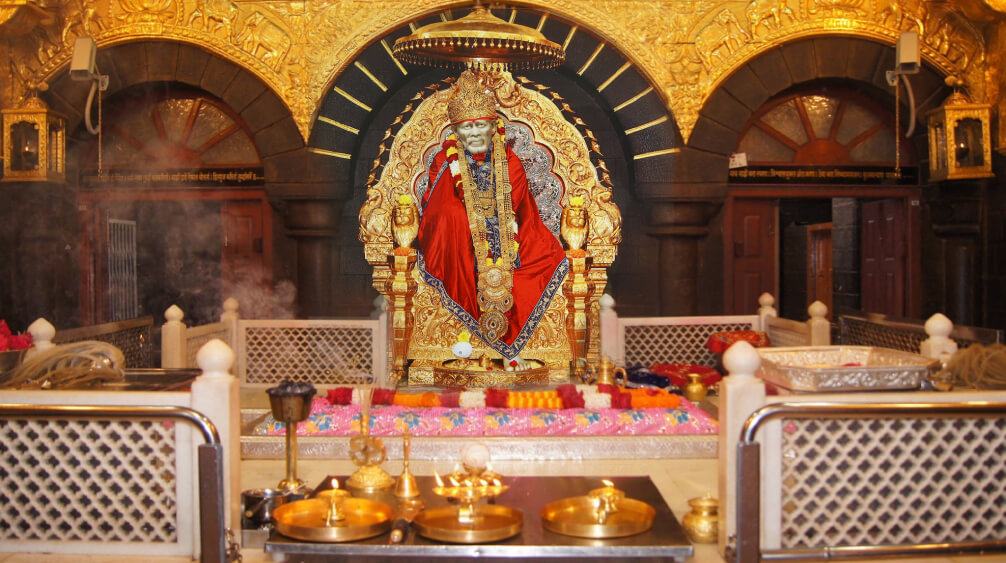
Sai Baba of Shirdi
Daiwik Hotel welcomes you to Shirdi, a town blessed by the presence of one of the most revered...
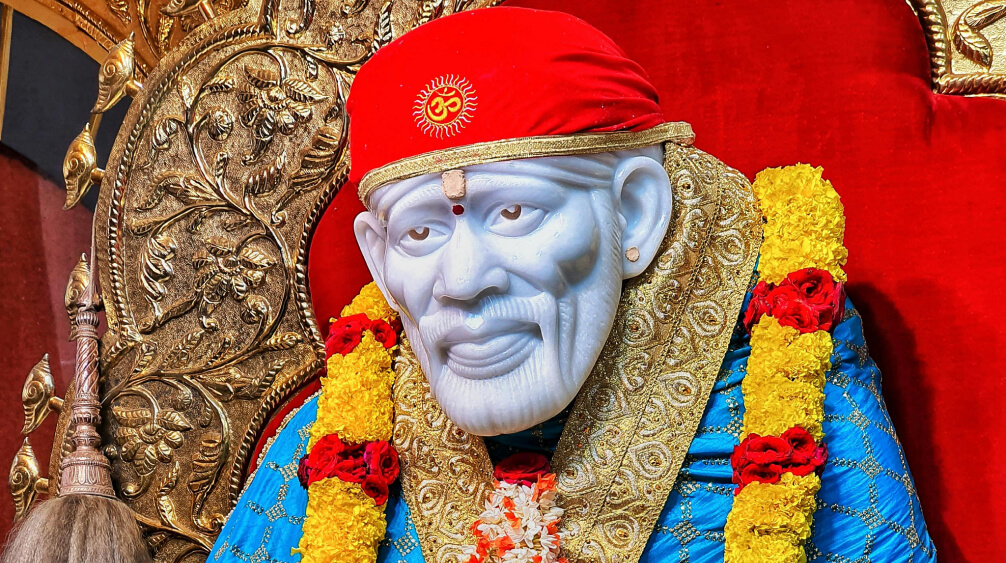
Teachings of Sai Baba
He was a man of few words, who refused to talk about his past. He always had time for people…
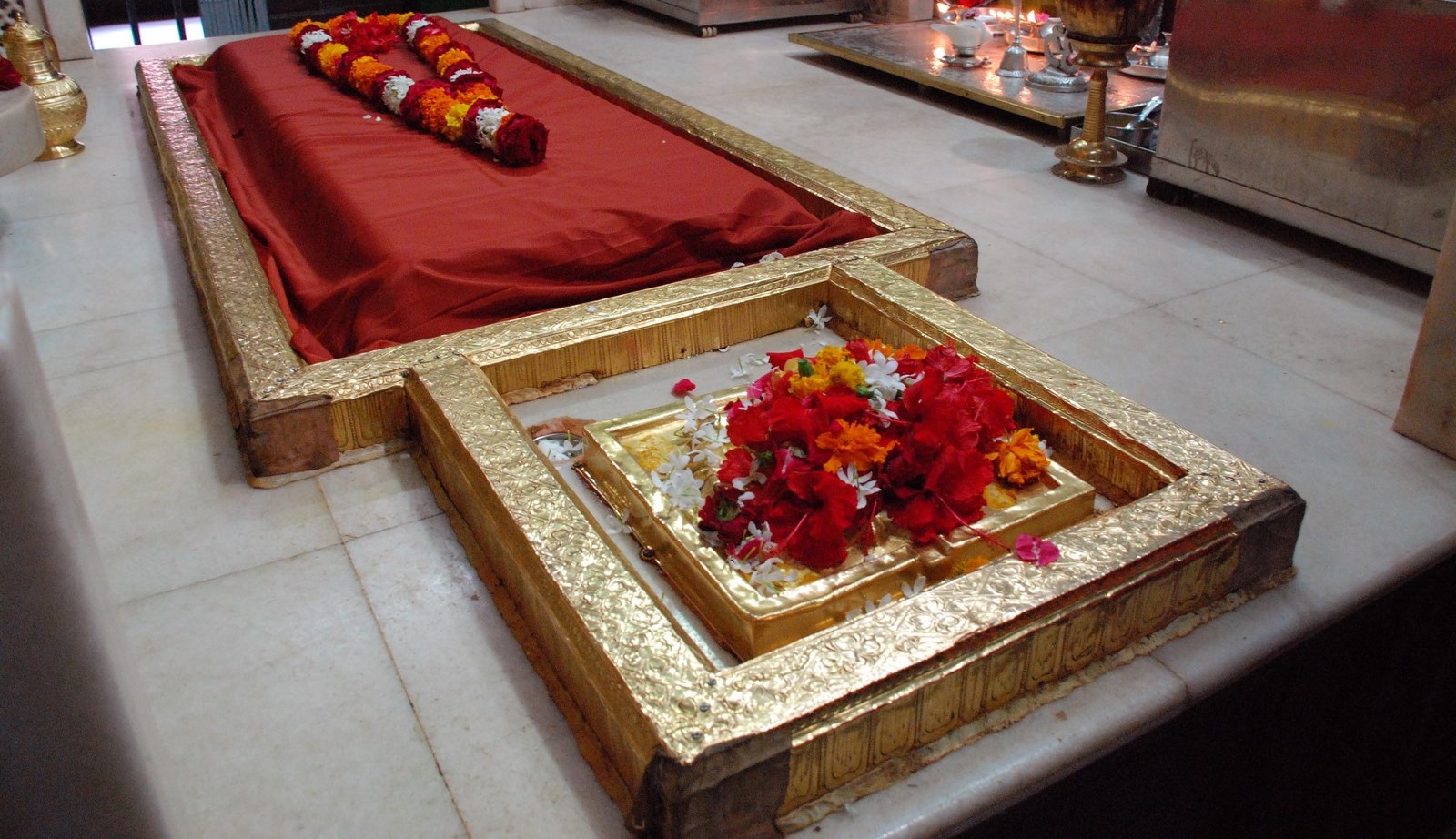
Sai Baba Temple
The Sai Baba temple called the Samadhi Mandir is the heart of the town of Shirdi. The...
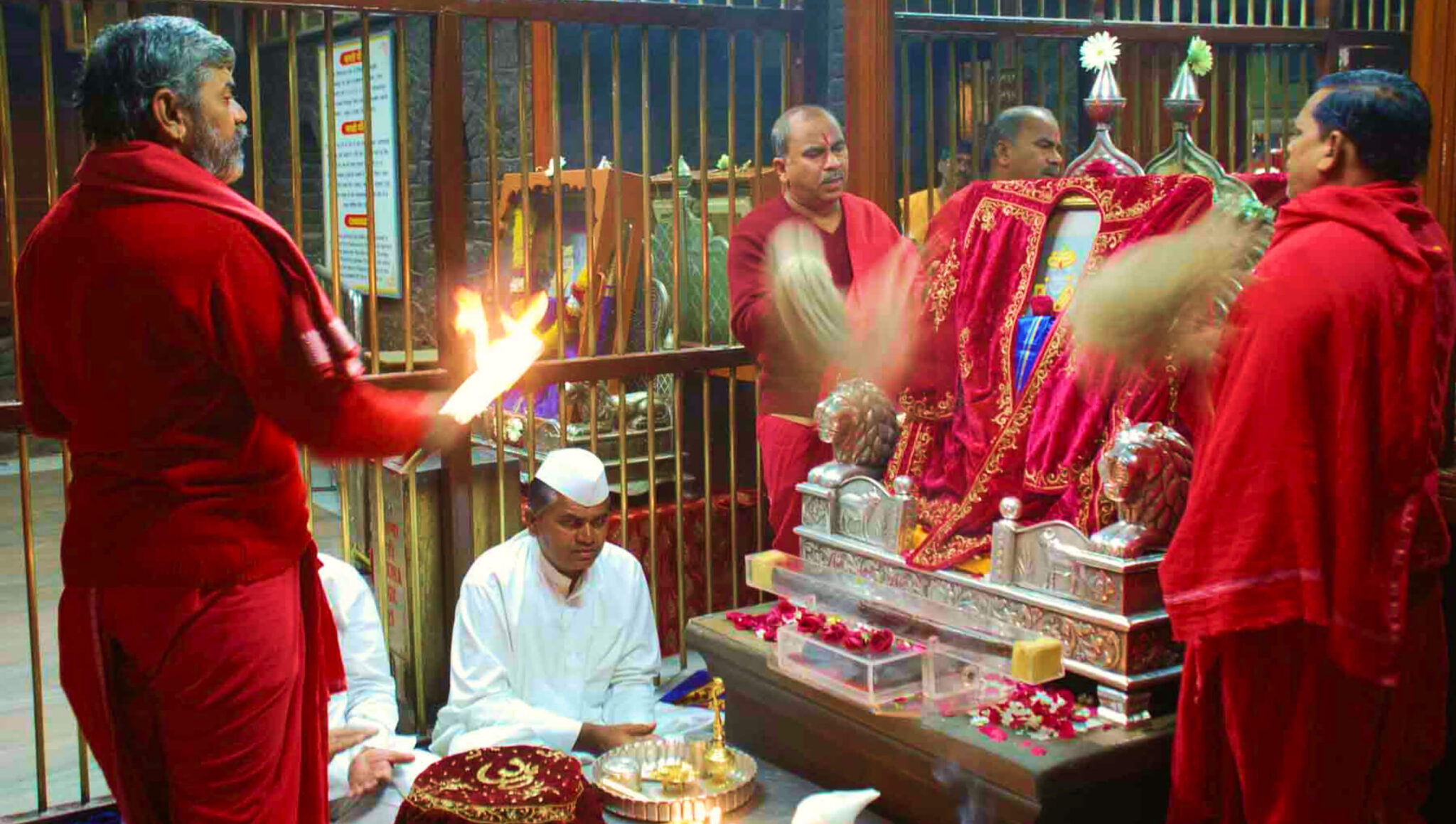
Pujas & Festivals
There are a number of daily religious ceremonies and also yearly festivals at Shirdi...
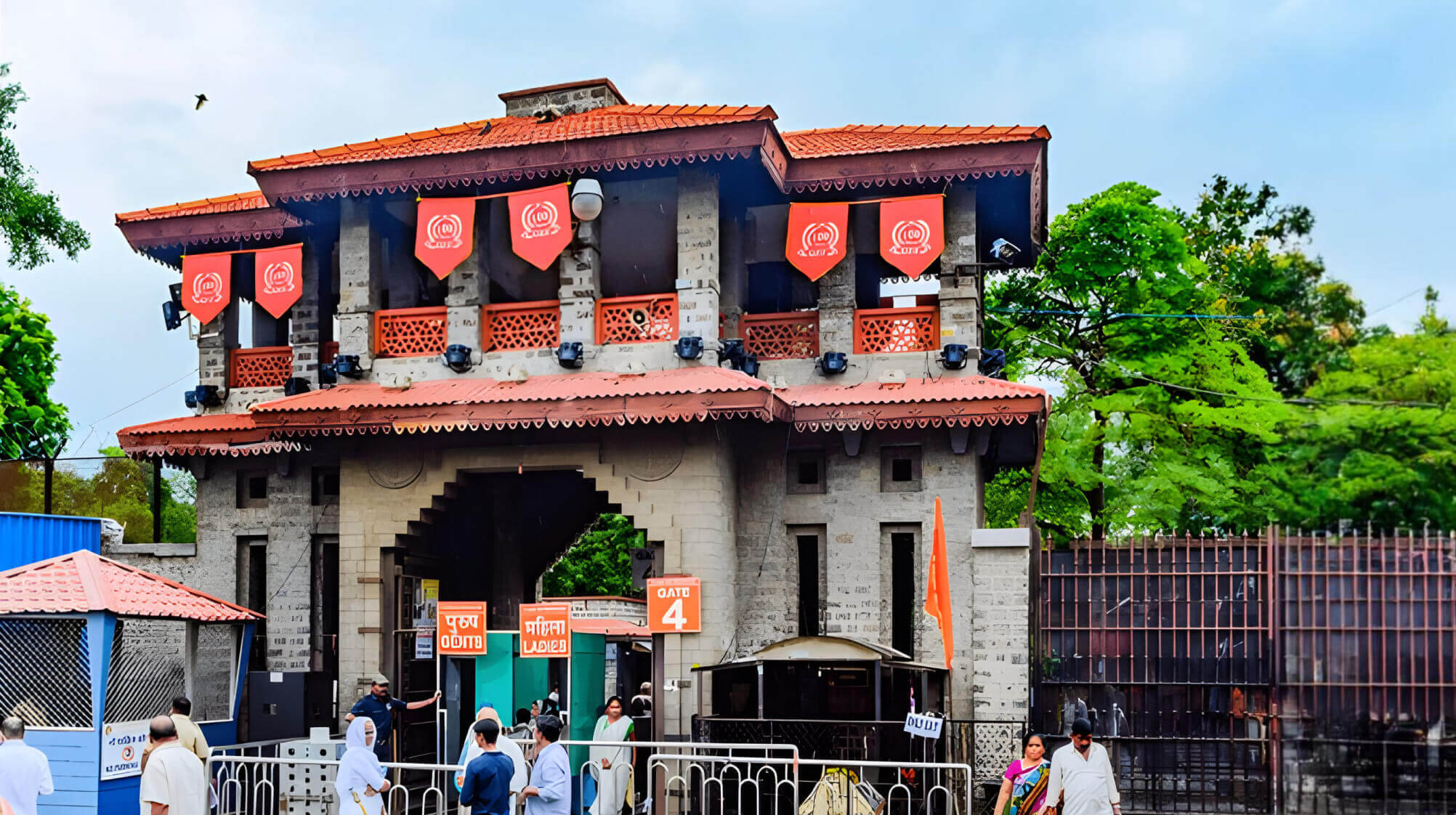
Other Sacred Places
Pilgrims arriving at Shirdi head first for the Samadhi Mandir to worship at the grave of Sai Baba….
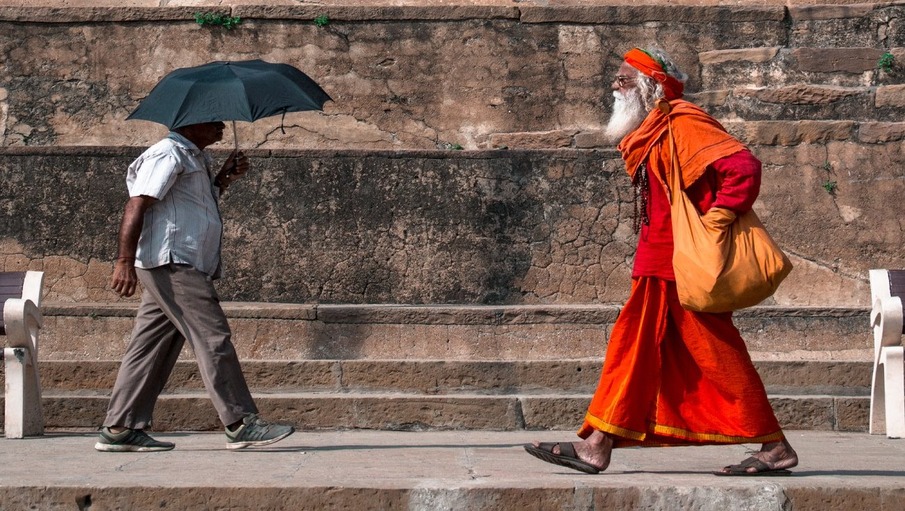
Travelling to Shirdi
Shirdi is a town in the Ahmednagar District of Maharashtra. It is located on the...

